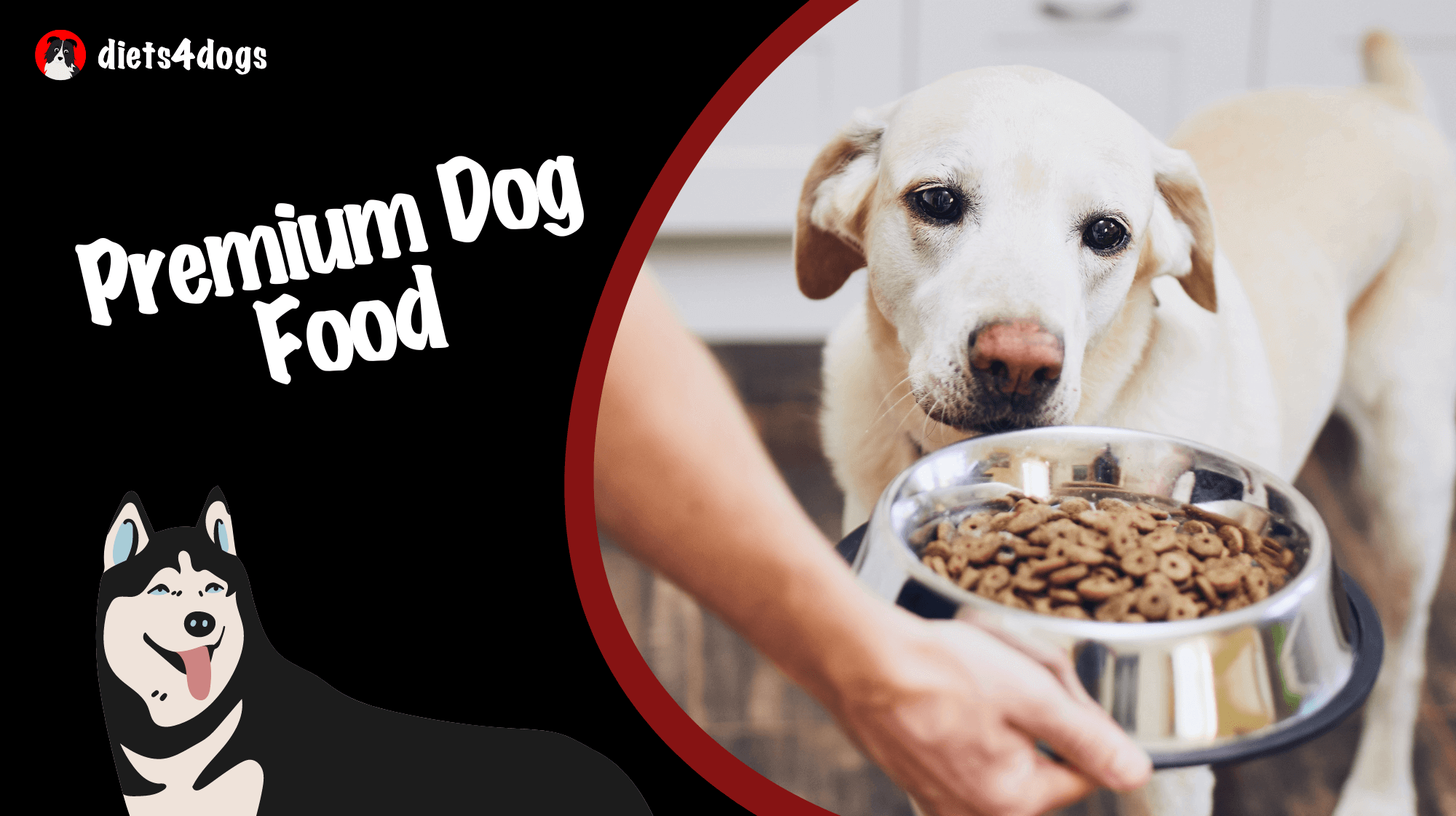Can Dogs Eat Pigs Ears
Yes, dogs can eat pig ears, but they should be given in moderation due to their high-fat content and potential risks. Pig ears can provide mental stimulation and help with dental hygiene for dogs. However, they are calorie-dense and may contain bacteria, leading to digestive issues or potential illness. Always supervise your dog when giving them pig ears to prevent choking, and opt for quality, all-natural pig ears from reputable sources.
Can Dogs Eat Pigs Ears: A Close Look at This Popular Treat
Pigs ears have long been a favorite treat among pet owners, especially for their furry canine companions. But can dogs eat pigs ears, and are they safe for them? Let’s dive into the details to answer these questions, understand the possible risks, and discuss how to give pigs ears safely to your dog.
Benefits of Pigs Ears for Dogs
Mental Stimulation
One of the most significant advantages of pigs ears for dogs is that they can provide mental stimulation. Chewing on objects is a natural instinct for dogs, and providing them with an appropriate item to chew on helps keep them entertained, preventing boredom and destructive behaviors.
Dental Health
Chewing on pigs ears can offer some dental health benefits for your dog. As they chew on these tough treats, the action helps to remove plaque buildup and can contribute to better overall dental hygiene. However, it is essential not to rely solely on pigs ears for your dog’s dental health. Regular brushing and dental care are still critical.
Are There Any Risks Involved?
High-Fat Content
The main concern with pigs ears is their high-fat content. Pigs ears are calorie-dense, making them unsuitable for overweight or obese dogs, or those with a history of pancreatitis. It is crucial to give pigs ears to your pet in moderation— too many could lead to weight gain or other health problems due to excessive fat intake.
Possible Bacterial Contamination
Another possible risk involved with pigs ears is bacterial contamination. Some pigs ears for dogs have been recalled in the past because they were contaminated with Salmonella or other harmful bacteria. Consuming contaminated pigs ears can result in digestive issues and illness, not just for the pet but also for the family members handling the pigs ears.
Choking Hazard
Some dogs, especially those that are aggressive chewers, might unintentionally break off large pieces or consume the entire pigs ear quickly, leading to a choking hazard. To minimize this risk, it is essential to supervise your dog while they are enjoying their treat and take away any large pieces that break off.
How to Safely Give Pigs Ears to Your Dog
Choose Quality Pigs Ears
When purchasing pigs ears for your dog, opt for all-natural and high-quality options sourced from reputable suppliers. This reduces the risk of buying contaminated or low-quality products that could harm your pet. Paying a little more for better quality pigs ears can ensure peace of mind and the wellbeing of your furry friend.
Moderation Is Key
As with any treat, moderation is crucial when offering pigs ears to your dog. Given their high-fat content, make sure you ration pigs ears and other treats to a small percentage of your dog’s total daily intake (usually about 10% or less). This ensures that your dog is still getting the majority of their nutritional needs met from their balanced dog food.
Supervise Your Dog
Always supervise your dog while they enjoy their pigs ear treat. Monitor their chewing behavior and remove any large pieces that break off to minimize the risk of choking. If you notice any unusual reactions or discomfort, contact your veterinarian immediately.
Introducing Pigs Ears to Your Dog: Knowing the Signs of Allergies
Introducing any new treat or food to your dog’s diet may come with the risk of possible allergies or adverse reactions. Pigs ears are no exception. As you begin to give your dog pigs ears, it’s essential to be vigilant about observing for any signs of allergies or discomfort. Common symptoms include:
- Itchy skin
- Red, inflamed skin
- Hives or rashes
- Vomiting
- Diarrhea
- Difficulty breathing
If you notice any of these symptoms, it is vital to stop providing the pigs ears and consult your veterinarian to discuss other treat alternatives.
Alternatives to Pigs Ears for Dogs
If you find out that pigs ears aren’t the best option for your dog due to allergies or other health concerns, there are several alternatives you can consider. Here are some popular choices:
Bully Sticks
Bully sticks are made from the dried and stretched pizzle of a bull. These treats have become popular due to their low-fat content and their ability to last a long time, providing hours of chewing entertainment for dogs. Look for high-quality, all-natural bully sticks to ensure you are offering a safe and healthy treat to your furry companion.
Rawhide Chews
Rawhide chews are made from the inner layer of cowhides and can be found in various shapes and sizes to meet your dog’s chewing preferences. These treats can also help with dental hygiene and provide mental stimulation. However, rawhide chews come with their set of risks, such as possible choking and intestinal blockage. As with pigs ears, supervision is crucial when giving your dog rawhide chews.
Antlers or Yak Chews
Antlers or yak chews are long-lasting, natural alternatives to pigs ears. Antlers are shed naturally by deer, elk, or moose and collected to be used as dog chews. Yak chews are made from hardened yak milk, which is both high in protein and low in fat. These treats are long-lasting and less likely to splinter, making them an ideal option for aggressive chewers. Again, supervision while your dog is chewing on these treats is necessary to ensure their safety.
Integrating pigs ears into your dog’s treat repertoire can offer various benefits for your pet, but it is essential to be aware of potential risks and ensure you are taking the appropriate precautions. By sourcing high-quality pigs ears, supervising your pet, and maintaining moderation, you can provide a little luxury for your furry friend while keeping them safe and healthy.
Frequently Asked Questions About Dogs and Pigs Ears
As dogs and pigs ears pique the interest of many pet owners, we have compiled a list of frequently asked questions (FAQs) to help you better understand how and when it is best to treat your dog with these tasty chews. Feel free to refer to this section as a quick reference guide when questions arise about pigs ears for dogs.
1. How often can I give my dog pigs ears?
It is essential to provide pigs ears to your dog in moderation, as they are high in fat. Limit these treats to once or twice a week or less, depending on your dog’s size, overall diet, and other treats they may be receiving.
2. Can puppies have pigs ears?
Puppies can enjoy pigs ears too, but it is best to wait until your puppy is about 12 weeks old or older. At this age, they will have better-developed teeth and jaws to chew on these hard treats. Always supervise your puppy when giving them a pigs ear, and limit their access to prevent choking or digestive issues.
3. How should I store pigs ears for dogs?
Store pigs ears in a cool, dry place, away from direct sunlight. An airtight container is ideal to prevent them from absorbing moisture or being contaminated by bacteria, insects, or pests. Proper storage will help maintain the quality and safety of the pigs ears for your dog to enjoy.
4. Can dogs get sick from pigs ears?
While uncommon, dogs can get sick from pigs ears if the treats are contaminated with bacteria like Salmonella. It is essential to purchase high-quality pigs ears from reputable sources and store them correctly. If you suspect your dog is sick due to a contaminated pig ear, consult your veterinarian.
5. Can pigs ears cause diarrhea in dogs?
Pigs ears can sometimes cause diarrhea in dogs due to their rich and fatty nature. If your dog has a sensitive stomach or has never had pigs ears before, introduce them slowly and monitor their reaction. Should diarrhea occur, remove the pigs ears from their diet and consult your veterinarian for advice.
6. Are smoked or raw pigs ears better for dogs?
Both smoked and raw pigs ears can be given to dogs, but it is crucial to purchase them from reputable sources to ensure quality and safety. Smoked pigs ears may be more palatable to some dogs due to their flavor, though some pet owners prefer raw pigs ears for a more natural option.
7. Are pigs ears better than rawhides for dogs?
Both pigs ears and rawhides have their pros and cons. Pigs ears are generally easier for dogs to digest but are higher in fat, while rawhides are lower in fat but pose potential risks of choking and intestinal blockage. It ultimately comes down to preference and the individual dog’s needs and chewing habits.
8. Can I make pigs ears at home?
Yes, you can make pigs ears at home by purchasing fresh pigs ears from a butcher, thoroughly cleaning them, and then slow-drying or baking them until they achieve the desired consistency. However, it is essential to follow proper food safety guidelines to reduce the risk of bacterial contamination.
9. Can pigs ears cause bad breath in dogs?
Although pigs ears help reduce plaque build-up on your dog’s teeth, they can sometimes cause bad breath due to the remnants of the treat getting stuck between your dog’s teeth or around the gum line. Ensuring a proper dental care routine, including tooth brushing, will help alleviate this issue.
10. Can dogs swallow pigs ears whole?
It is uncommon for dogs to swallow pigs ears whole, as they typically enjoy chewing on them. However, if a dog tries to swallow a large piece of a pigs ear, it can create a choking hazard or lead to digestive troubles. Always supervise your dog when giving them pigs ears and remove any large broken-off pieces.












